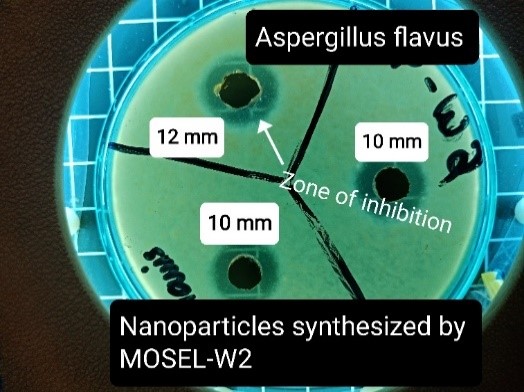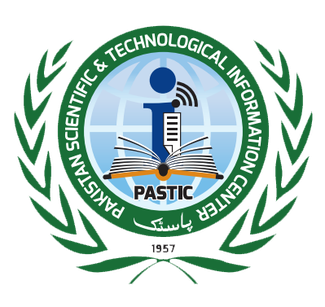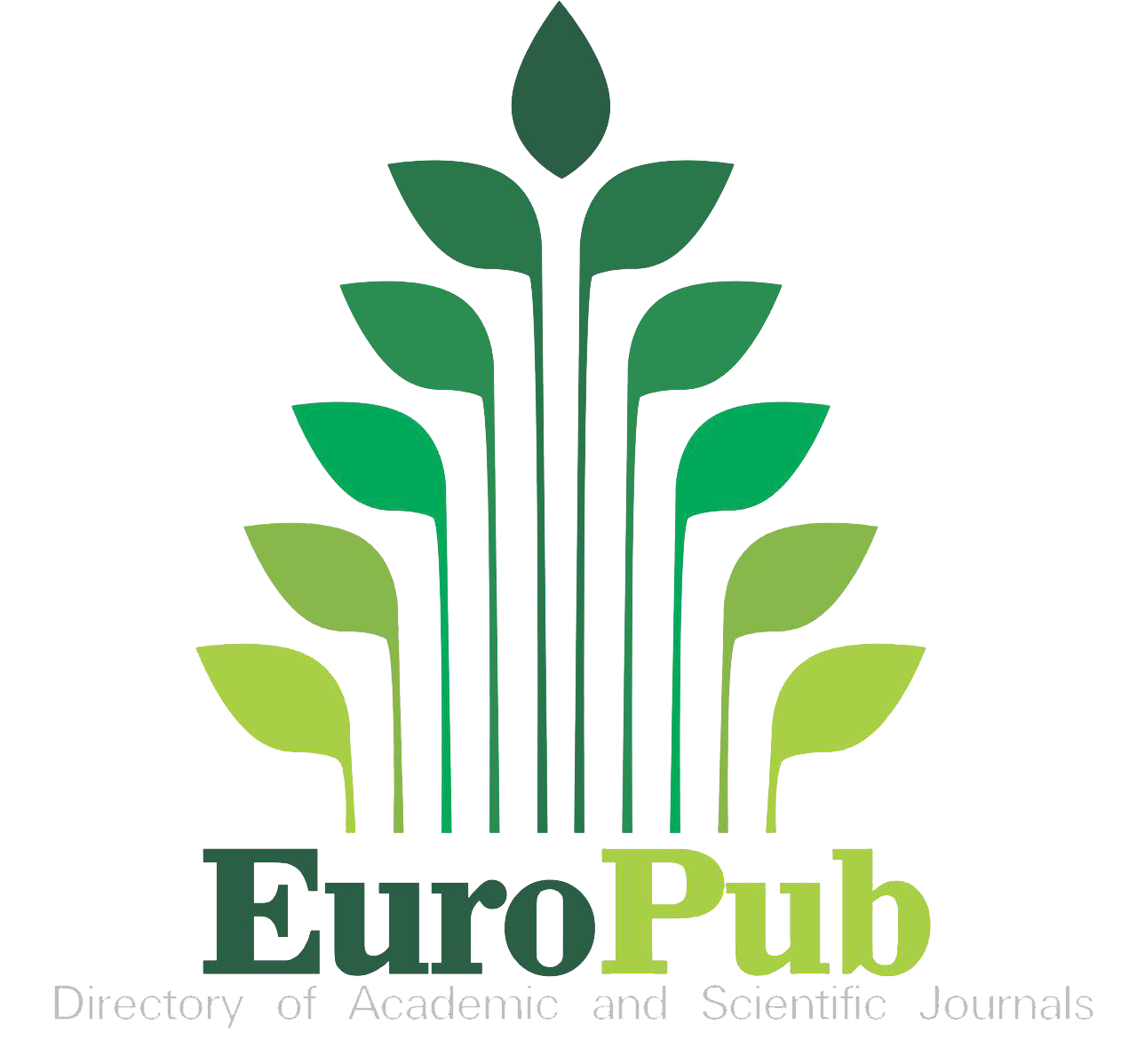Silver Nanoparticles Synthesis by Serratia Marcescens W2 Strain, Its Biocontrol Efficacy Against Fungal Phytopathogens, And Its Effect on Wheat Seeds
Keywords:
Green technology, Microbial Synthesis, silver nanoparticles, intracellular synthesisAbstract
Due to its cost-effectiveness and eco-friendliness, the production of silver nanoparticles (AgNPs) utilizing biological agents has attracted a lot of attention. In this study, we investigate the potential of the Serratia marcescens W2 strain as a bio-factory for the production of silver nanoparticles and evaluate the biocontrol capability of this strain against fungal phytopathogens as well as its impact on wheat seeds. Using the extracellular enzymes and metabolites produced by Serratia marcescens W2, AgNPs were biosynthesised. The size, form, and composition of the AgNPs were determined using a variety of analytical techniques, such as X-ray diffraction (XRD), and scanning electron microscopy (SEM). AgNPs' impressive ability to inhibit fungal growth in vitro experiments demonstrates their robust biocontrol capabilities. Microscopic and biochemical investigations helped to better clarify the AgNPs' mode of action against these phytopathogens. Additionally, investigations on seed germination and seedling growth were used to evaluate the effect of the AgNPs on wheat seeds. As a result of the application of AgNPs, seed germination rates, and seedling vigor dramatically increased, according to the findings. Additionally, compared to the control group, the seedlings treated with AgNPs showed enhanced resistance to fungal infection. Overall, the results of this study demonstrate the potential of Serratia marcescens W2 strain in the green synthesis of AgNPs with improved antifungal activities. Furthermore, the use of these AgNPs promotes the germination and growth of wheat seedlings, indicating their potential use as a biocontrol agent and seed treatment to safeguard crops against fungus phytopathogens in sustainable agriculture. To completely understand the underlying mechanisms and determine the long-term impacts of AgNPs on the ecosystem and human health, more research is necessary.
References
S. Ahmed, M. Ahmad, B. L. Swami, and S. Ikram, “A review on plants extract mediated synthesis of silver nanoparticles for antimicrobial applications: A green expertise,” J. Adv. Res., vol. 7, no. 1, pp. 17–28, 2016, doi: https://doi.org/10.1016/j.jare.2015.02.007.
S. Baker and S. Shreedharmurthy, “Antimicrobial activity and biosynthesis of nanoparticles by endophytic bacterium inhabiting Coffee arabica L .,” Sci. J. Biol. Sci., vol. 1, no. 5, pp. 107–113, 2012.
S. Baker, S., & Satish, “Endophytes: toward a vision in synthesis of nanoparticle for future therapeutic agents,” Int. J. Bio-Inorg. Hybd. Nanomat, vol. 1, no. 2, pp. 67–77, 2012.
C. Lodewyckx et al., “Endophytic bacteria and their potential applications,” CRC. Crit. Rev. Plant Sci., vol. 21, no. 6, pp. 583–606, 2002, doi: 10.1080/0735-260291044377.
I. Chattopadhyay, “Application of Nanoparticles in Drug Delivery,” Model Org. to Study Biol. Act. Toxic. Nanoparticles, pp. 35–57, Jan. 2020, doi: 10.1007/978-981-15-1702-0_3.
S. O. Dozie-Nwachukwu et al., “Biosynthesis of Gold Nanoparticles with Serratia marcescens Bacteria,” Adv. Mater. Res., vol. 1132, pp. 19–35, Dec. 2016, doi: 10.4028/WWW.SCIENTIFIC.NET/AMR.1132.19.
M. K. KHALED ELBAGHDADY, EINAS EL-SHATOURY, OMNIA ABDALLAH, “Biogenic production of silver nanoparticles by Enterobacter cloacae Ism26,” Turkish J. Biol., vol. 42, no. 4, 2018, doi: 10.3906/biy-1801-53.
S. Iravani, H. Korbekandi, S. V. Mirmohammadi, and B. Zolfaghari, “Synthesis of silver nanoparticles: chemical, physical and biological methods,” Res. Pharm. Sci., vol. 9, no. 6, p. 385, Dec. 2014, Accessed: Jun. 23, 2022. [Online]. Available: /pmc/articles/PMC4326978/
D.A. Morrison, “[21] Transformation and preservation of competent bacterial cells by freezing,” Methods Enzymol., vol. 68, pp. 326–331, 1979, doi: https://doi.org/10.1016/0076-6879(79)68023-0.
S. S. Imran Afzal, Zabta Khan Shinwari, Shomaila Sikandar, “Plant beneficial endophytic bacteria: Mechanisms, diversity, host range and genetic determinants,” Microbiol. Res., vol. 221, pp. 36–49, 2019, doi: https://doi.org/10.1016/j.micres.2019.02.001.
G. A. Kanniah Paulkumar, Shanmugam Rajeshkumar, Gnanadhas Gnanajobitha, Mahendran Vanaja, Chelladurai Malarkodi, “Biosynthesis of Silver Chloride Nanoparticles Using Bacillus subtilis MTCC 3053 and Assessment of Its Antifungal Activity,” Int. Sch. Res., 2013, doi: https://doi.org/10.1155/2013/317963.
P. Prakash, A., Sharma, S., Ahmad, N., Ghosh, A., & Sinha, “Bacteria mediated extracellular synthesis of metallic nanoparticles,” Int Res J Biotechnol, vol. 1, no. 5, pp. 071–079, 2010.
P. R. S. Mohammed Shehadul Islam, Aditya Aryasomayajula, “A Review on Macroscale and Microscale Cell Lysis Methods,” Micromachines, vol. 8, no. 3, p. 83, 2017, doi: https://doi.org/10.3390/mi8030083.
S. C. M. Krishna Gudikandula, “Synthesis of silver nanoparticles by chemical and biological methods and their antimicrobial properties,” J. Exp. Nanosci., vol. 11, no. 9, 2016, doi: https://doi.org/10.1080/17458080.2016.1139196.
A. R. M. Bustos, J. R. Encinar, and A. Sanz-Medel, “Mass spectrometry for the characterisation of nanoparticles,” Anal. Bioanal. Chem., vol. 405, no. 17, pp. 5637–5643, Jul. 2013, doi: 10.1007/S00216-013-7014-Y/METRICS.
N. H. H. A. Bakar, J. Ismail, and M. A. Bakar, “Synthesis and characterization of silver nanoparticles in natural rubber,” Mater. Chem. Phys., vol. 104, no. 2–3, pp. 276–283, 2007, doi: https://doi.org/10.1016/j.matchemphys.2007.03.015.
K. B. Narayanan and N. Sakthivel, “Biological synthesis of metal nanoparticles by microbes,” Adv. Colloid Interface Sci., vol. 156, no. 1–2, pp. 1–13, 2010, doi: https://doi.org/10.1016/j.cis.2010.02.001.

Downloads
Published
How to Cite
Issue
Section
License
Copyright (c) 2025 50Sea

This work is licensed under a Creative Commons Attribution 4.0 International License.




















